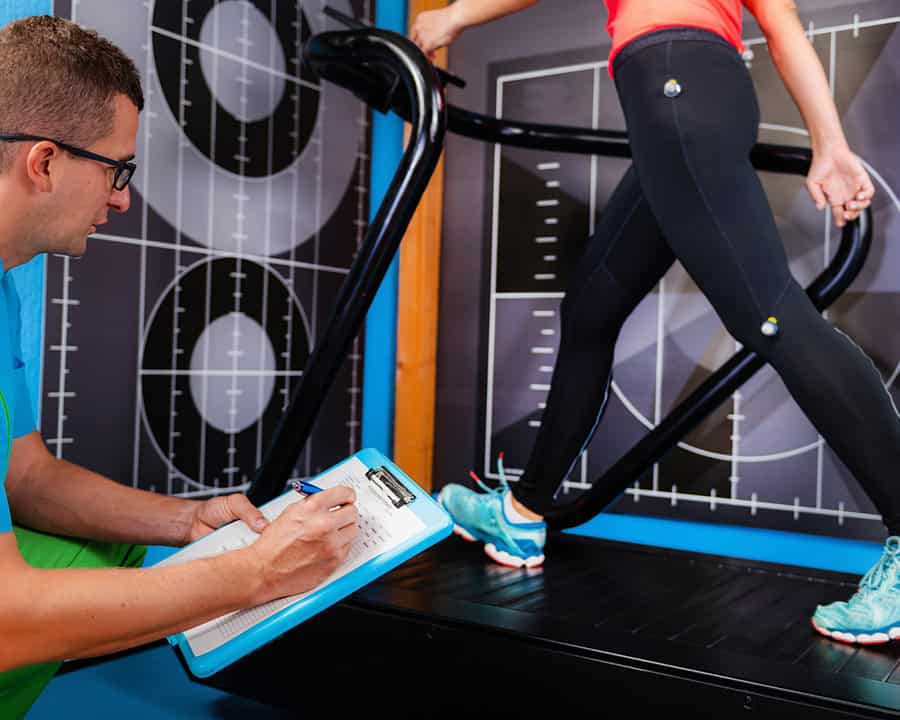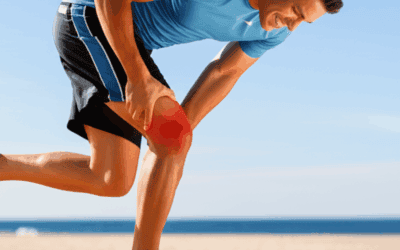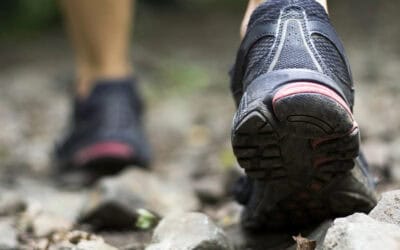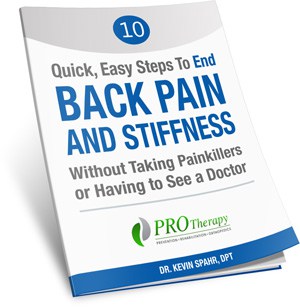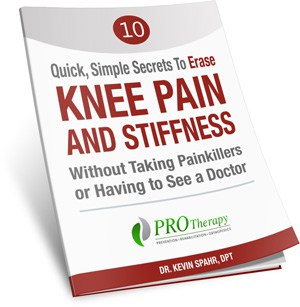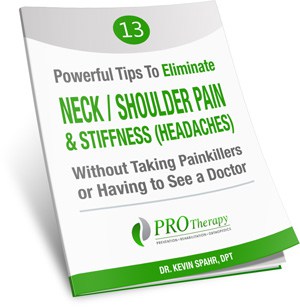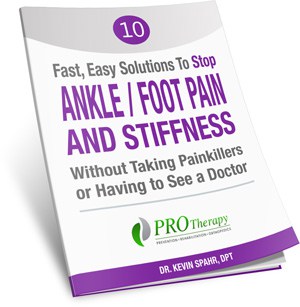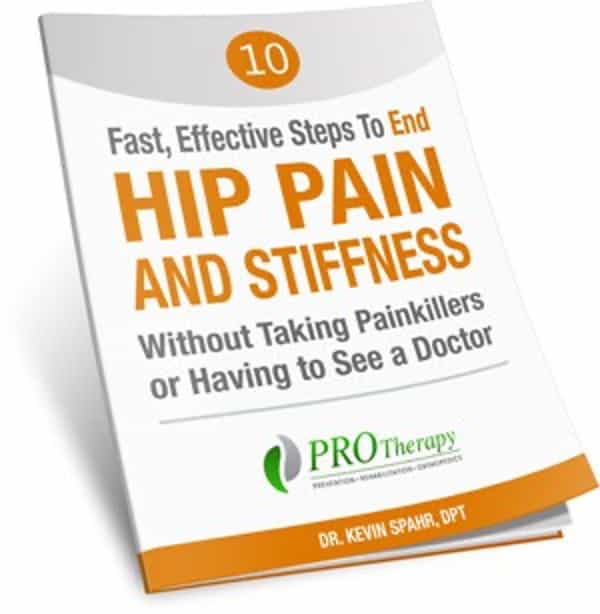Ever felt that jolt of satisfaction when you deliver the perfect pass that leads to a score? That pinpoint feed in basketball, or the strategically placed chip in golf. The crucial offload in rugby, and sacrificial bunt in baseball – these “assists” and “setups,” often less flashy than the final play, are the unsung heroes of athletic success.
While basketball, lacrosse, golf, rugby, and baseball might seem worlds apart, they all fundamentally rely on these effective, often intricate, assisting movements. But there’s more to these plays than meets the eye.
Understanding Biomechanics – The Science of How our Bodies Move
It’s not just about making the play; it’s about maximizing your performance and safeguarding your body against common sports injuries.
In this post, we’ll dive into the fascinating world of biomechanics as it relates to those key assisting actions in basketball, lacrosse, golf, rugby, and baseball.
We’ll explore the specific movements involved, uncover how proper technique can elevate your game, and shed light on how understanding these principles can help prevent injuries and guide effective rehabilitation with physical therapy. Get ready to see these sports in a whole new, biomechanically informed light!
Think about that satisfying thwack as a crisp chest pass hits your teammate’s hands, setting them up for an easy bucket. That seemingly simple action is a beautiful example of the kinetic chain in motion.
A Powerful and Accurate Pass Starts with a Stable Foundation
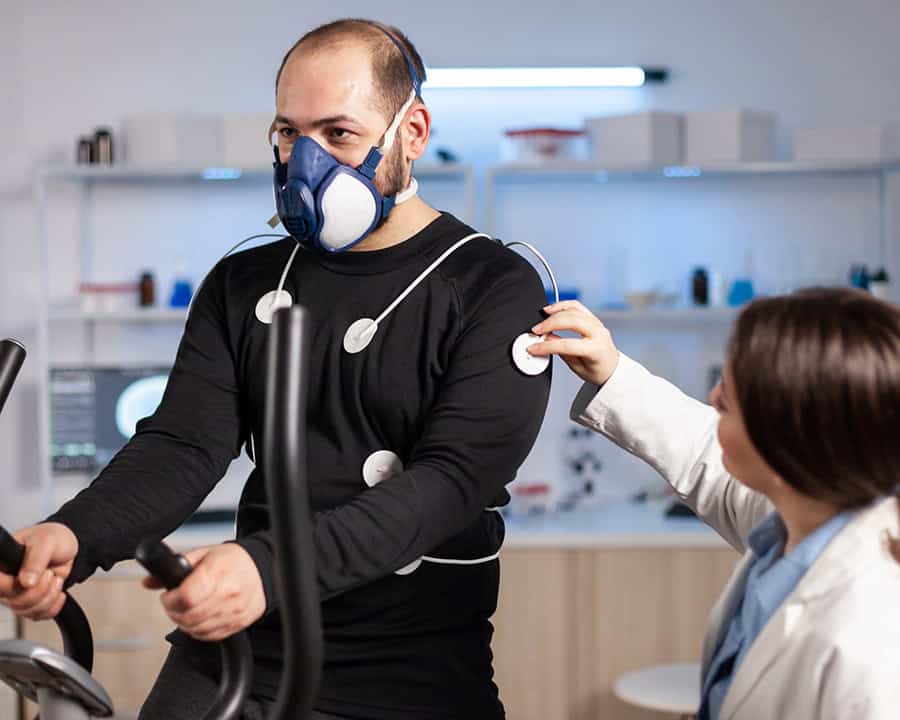
Shoulder girdle stability is paramount – your shoulder blades need to be anchored, providing a solid base for your arm movements. Without this stability, the power transfer becomes inefficient and can place undue stress on the shoulder joint.
Core engagement – A strong core acts as the powerhouse, transferring energy from your lower body up through your torso and into your arms. Engaging your abdominal and back muscles allows you to generate rotational force and contribute to the overall power of the pass. This coordinated effort, from your legs pushing off the ground to the final flick of your wrists, is the essence of the kinetic chain.
When all these links work in harmony
This is when you get that sharp, effective pass. However, when these biomechanical elements are off, problems can arise. Poor shoulder girdle stability can lead to shoulder impingement as the tendons in the shoulder get compressed, or even contribute to rotator cuff issues over time due to increased strain.
Similarly, a weak or disengaged core forces the shoulders and arms to compensate, often resulting in lower back strain as the body tries to find stability. At PRO Therapy, we understand the intricate mechanics of movements like the chest pass. We can help you identify any imbalances or weaknesses in your shoulder girdle and core through targeted assessments.
Our therapists can then design personalized exercise programs incorporating stretches to improve shoulder mobility and stability, as well as strengthening exercises to engage your core effectively. By optimizing these biomechanical elements, we aim to not only enhance your passing game but also to keep you healthy and on the court, preventing those frustrating shoulder and back issues.
Let’s Take a Look at Golf
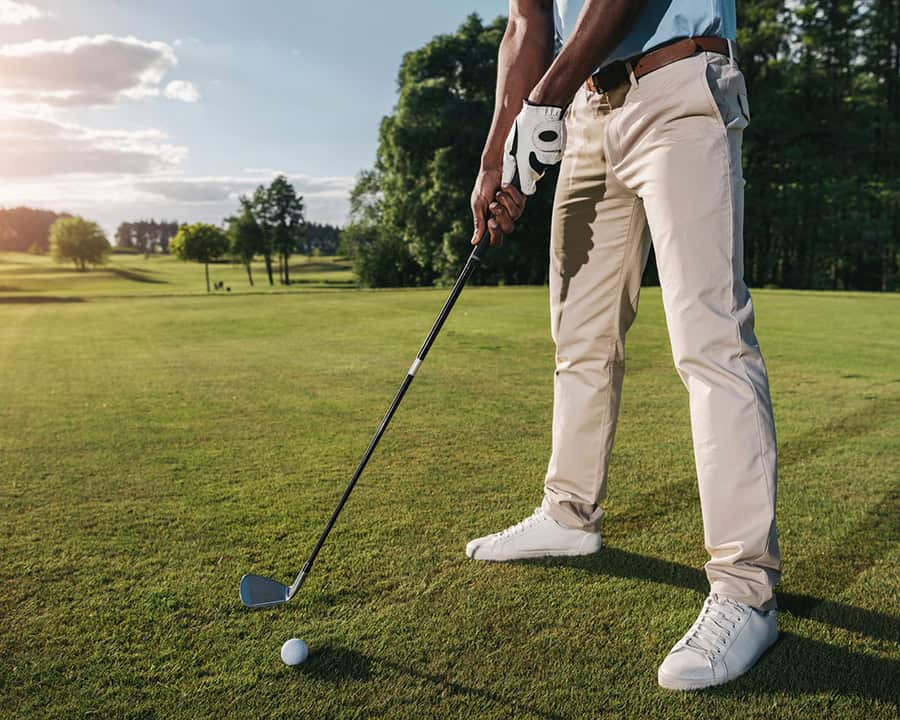
Think about a golfer laying up strategically on a par-5, the club selection and controlled swing designed to place the ball perfectly for their next shot. While not a direct assist to another player, this “setup” shot is crucial for scoring. The biomechanical focus here centers on posture, spinal rotation, and weight transfer.
A solid, athletic posture at address provides the foundation for a consistent swing. The ability to rotate the spine effectively while maintaining stability allows for power generation without compromising accuracy. Finally, the smooth transfer of weight from the back foot to the front foot during the swing is essential for both distance and control, even in a shorter setup shot.
When these elements are out of sync, golfers can experience a range of issues
Poor posture can restrict the swing and lead to compensations elsewhere in the body. Inefficient spinal rotation can put excessive stress on the lower back, contributing to chronic pain or injury. Improper weight transfer can lead to inconsistent contact and increase the risk of issues like golfer’s elbow or shoulder problems as the body tries to generate power in unnatural ways.
At PRO Therapy, we can identify any biomechanical inefficiencies that might be hindering your game or contributing to pain. We can help you improve your posture with targeted exercises, enhance your spinal mobility and stability through specific stretches and strengthening, and optimize your weight transfer for a more fluid and powerful swing. Our goal is to help you not only set up better shots but also to enjoy the game pain-free and for longer.
Bringing out the Best in Your Baseball Game
Consider the often-overlooked sacrifice bunt – a strategic play designed to advance a runner, even at the cost of the batter being thrown out. While not a glamorous “assist,” it’s a crucial setup for potential scoring. The biomechanical focus here emphasizes controlled movement, core stability, and hand-eye coordination.
The batter needs to execute a precise, controlled movement to make contact with the ball in a way that directs it far enough to allow the runner to advance. This requires significant core stability to maintain balance and control throughout the abbreviated swing. Finally, precise hand-eye coordination is essential for making contact with the pitch in the desired location.
While a bunt might seem less physically demanding than a swing for the fences, improper mechanics or insufficient core strength can still lead to issues. Poor control during the bunting motion can result in awkward movements that strain the wrists or back.
PRO Therapy can help baseball players develop the core strength and stability needed for controlled movements like the sacrifice bunt. We can also address any wrist or back discomfort that might arise from repetitive motions or improper technique, ensuring you can execute these crucial setup plays effectively and without pain.
Across the Lacrosse Field
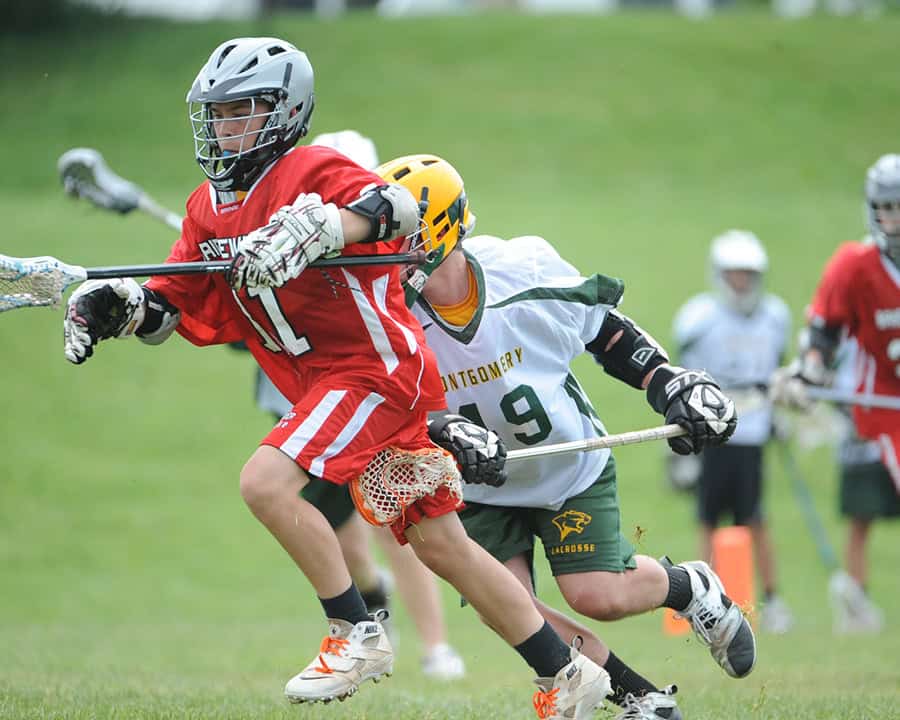
Picture a well-executed feed across the crease in lacrosse. A quick and accurate pass that gives a teammate the opportunity for an easy goal. This assist relies heavily on the biomechanics of torso rotation, shoulder and elbow coordination, and wrist snap.
The power and accuracy of the pass originates from a dynamic rotation of the torso, allowing for maximum force generation. This power is then transferred through a coordinated movement of the shoulder and elbow, culminating in a precise flick of the wrist that dictates the speed and direction of the ball.
Inefficient biomechanics in the lacrosse pass can lead to several common injuries
Insufficient torso rotation can put excessive strain on the shoulder and elbow joints, potentially leading to shoulder impingement, rotator cuff tendinitis, or elbow tendinitis. A lack of coordination between the shoulder, elbow, and wrist can also decrease accuracy and power, while increasing the risk of injury due to compensatory movements.
At PRO Therapy, we assess the throwing mechanics of lacrosse players to identify any areas of inefficiency. We develop tailored programs to improve torso rotation through core strengthening and flexibility exercises. We also focus on enhancing the coordination and strength of the shoulder, elbow, and wrist to promote efficient and injury-free passing. Our goal is to help you deliver those critical assists with power and precision, keeping you on the field and contributing to your team’s success.
- Top Questions Women Ask About Pelvic Pain (But Are Too Afraid to Ask) - December 12, 2025
- Treating and Avoiding Hockey Injuries with Physical Therapy - November 26, 2025
- Common Questions About Physical Therapy After a Car Accident - November 12, 2025

